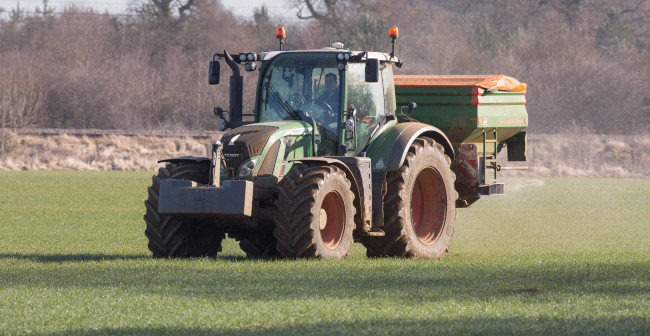Timac Agro UK is advising arable growers to post-harvest test their soil’s mineral levels for available phosphorus (P), before a deficiency impacts crop growth this winter.
“By the time crops show symptoms of phosphorus deficiency, it’s too late to reverse,” states Timac Agro Uk arable business manager David Harrod. He also explains that P deficiency is often under-diagnosed because crops do not show obvious symptoms other than stunted growth, although this is not the only pitfall to P-deficient soil.
“The long-term implications include underdeveloped root systems, lack of strength in the plant stem and stalks, and a lack of uniformity; all of which impact yield and quality at harvest. But this can be easily prevented ahead of autumn drilling,” Mr Harrod adds.
To prevent any such issues, Mr Harrod advises that growers soil test all fields post-harvest to understand the soil mineral composition and soil health status. Other mineral deficiencies can also prevent the uptake of P in crops, so having a ‘full outlook of macro- and micronutrients is key’.
“While taking samples for a soil test, grab a spade and look at the wider soil structure and ask yourself, is there a high worm population (more than 10 per spade full)? Is the soil consolidated or aerated? What does the structure look like? This will help identify how ‘alive’ your soil is.”
Then, if the soil tests indicate low levels of P, Mr Harrod recommends using a phosphorus fertiliser such as Top-Phos – as he notes that industry trials saw a doubling of the amount of microbial life per kilo of soil, following applications of Top-Phos.
“By applying P early with an enhanced fertiliser, we’re ensuring the crop receives nutrients early in the season to optimise plant and root growth,” Mr Harrod explains.
“Top-Phos is a unique chemical form of phosphorus. Unlike standard forms of P fertilisers, the chemical make-up of Top-Phos protects it from being locked up by the soil. This maximises the availability of P to the crop and increases root mass, improving P efficiency.”
“With N prices not looking to come down in the distant future, and concerns over input availability, planning now to ensure you’re setting crops up well will pay dividends on the weigh bridge next harvest,” he concludes.




